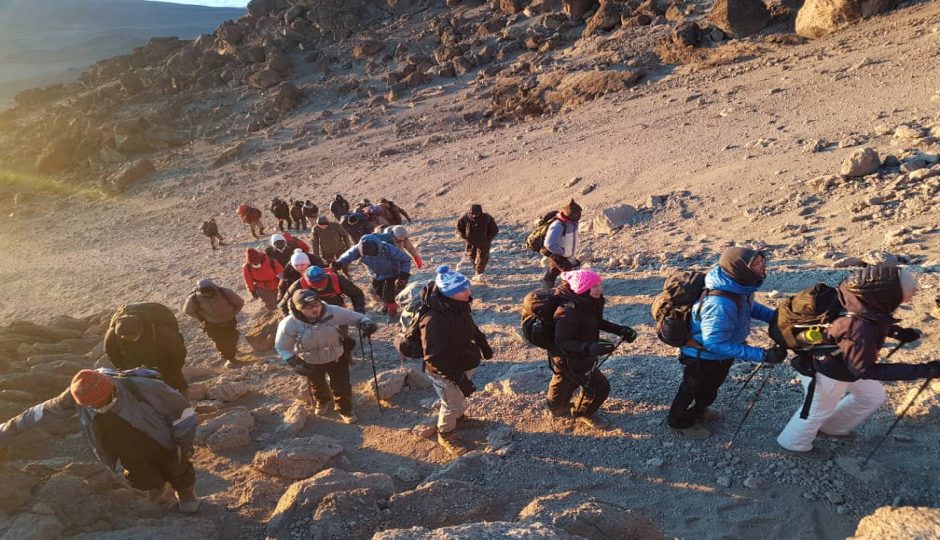
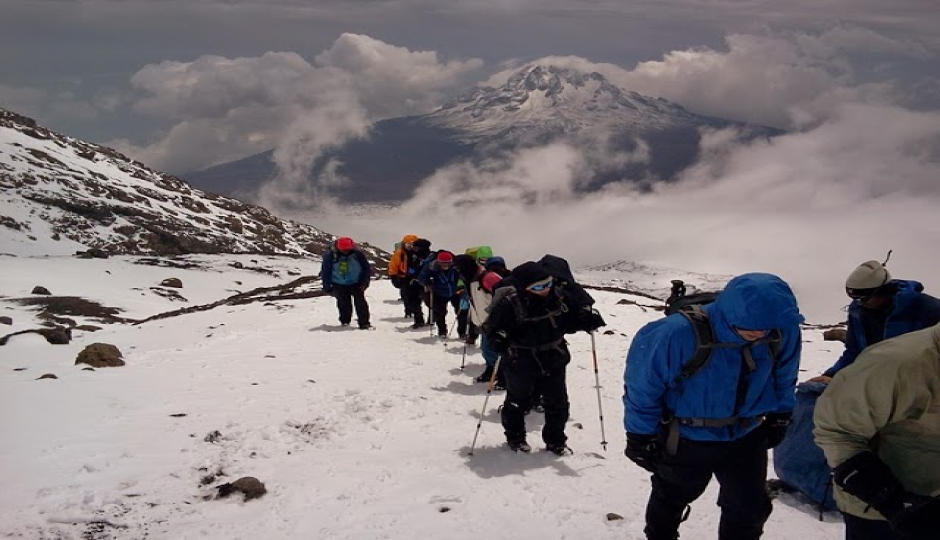
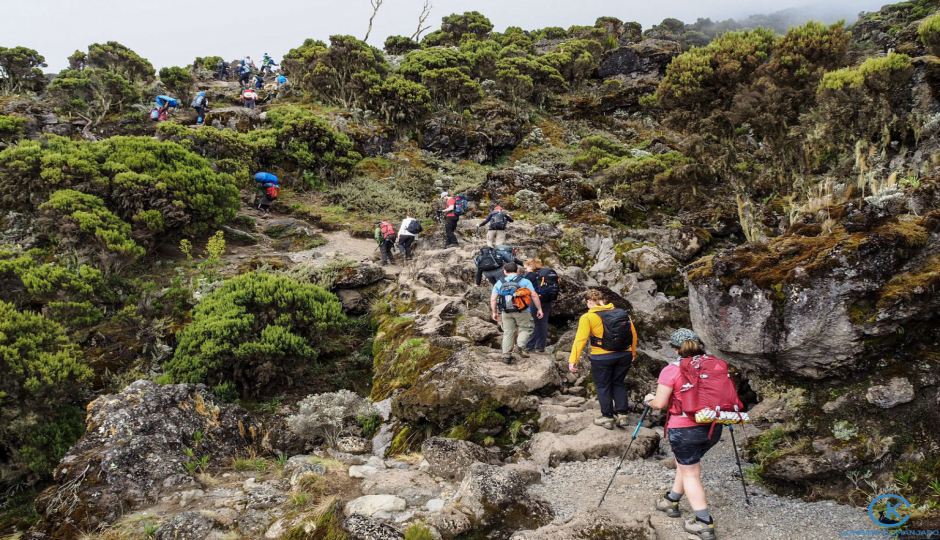
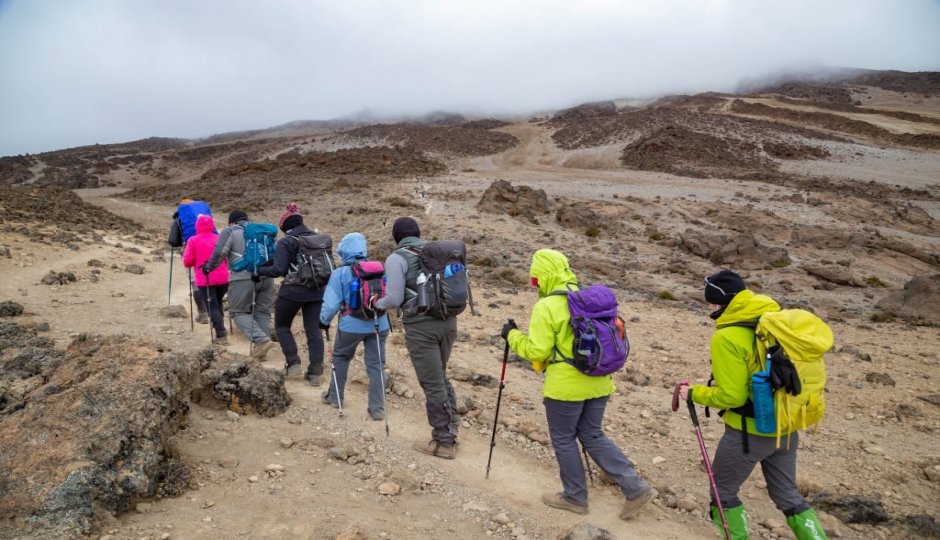




Embarking on the monumental journey to conquer Mount Kilimanjaro, the majestic rooftop of Africa, is a venture that demands thorough preparation and a deep understanding of the challenges that lie ahead. Aspiring climbers must equip themselves with knowledge and insights to ensure a safe, successful, and memorable expedition. Here are seven essential things every climber should know before attempting the awe-inspiring ascent of Mount Kilimanjaro.
01: Physical Fitness and Acclimatization
Climbing Kilimanjaro is a strenuous undertaking that requires a good level of physical fitness. Adequate preparation through cardiovascular exercises, strength training, and hiking at higher altitudes is crucial. Additionally, understanding the importance of acclimatization in reducing the risk of altitude sickness is paramount. Gradual ascents and sufficient time for the body to adapt to changing altitudes will contribute significantly to a successful climb.
02: Choosing the Right Route
Kilimanjaro offers several routes, each with its own challenges and scenic wonders. Research and select a route that aligns with your fitness level, preferences, and the experience you seek. Popular routes include the Machame, Lemosho, and Marangu routes, each offering a unique perspective of Kilimanjaro's diverse landscapes.
03: Proper Gear and Equipment
Investing in high-quality gear is essential for a comfortable and safe climb. From insulated layers to waterproof clothing, sturdy hiking boots, and a reliable backpack, climbers must be well-prepared for varying weather conditions and terrains. Additionally, understanding the necessity of specialized equipment like trekking poles and a durable sleeping bag is crucial for a successful ascent.
04: Altitude Sickness Awareness
Altitude sickness is a real concern when climbing Kilimanjaro, as the peak stands at an imposing 19,341 feet (5,895 meters). Familiarize yourself with the symptoms of altitude sickness, such as nausea, headaches, and fatigue, and be prepared to take appropriate measures if symptoms arise. Adequate hydration, slow ascents, and proper rest are key strategies to minimize the risk of altitude-related issues.
05: Experienced Guides and Support Staff
Engaging the services of experienced guides and support staff is integral to a safe and enjoyable climb. Local guides are well-versed in the intricacies of Kilimanjaro, providing invaluable insights into the terrain, weather patterns, and cultural aspects of the climb. A reputable guiding company can enhance the overall experience and increase the likelihood of a successful summit.
06: Packing Essentials and Minimalism
Packing strategically is essential for a successful Kilimanjaro climb. While it's crucial to bring the necessary gear, adopting a minimalist approach ensures you carry only what is essential. This not only lightens your load but also contributes to a smoother and more enjoyable trek. Pay attention to packing items like water purification tablets, snacks, and a first aid kit to ensure self-sufficiency on the mountain.
07: Environmental Considerations and Leave No Trace
Mount Kilimanjaro is a UNESCO World Heritage Site, and climbers must be mindful of their environmental impact. Adhering to Leave No Trace principles, such as proper waste disposal and respecting local flora and fauna, is essential. Climbers should strive to contribute positively to the conservation efforts in the region and leave Kilimanjaro as pristine as they found it.
Embarking on the journey to climb Mount Kilimanjaro is an exhilarating adventure that requires careful preparation, respect for nature, and an understanding of the challenges involved. By incorporating these seven crucial insights into your preparations, you'll not only enhance your chances of reaching the summit but also ensure a responsible and fulfilling experience on the Roof of Africa.




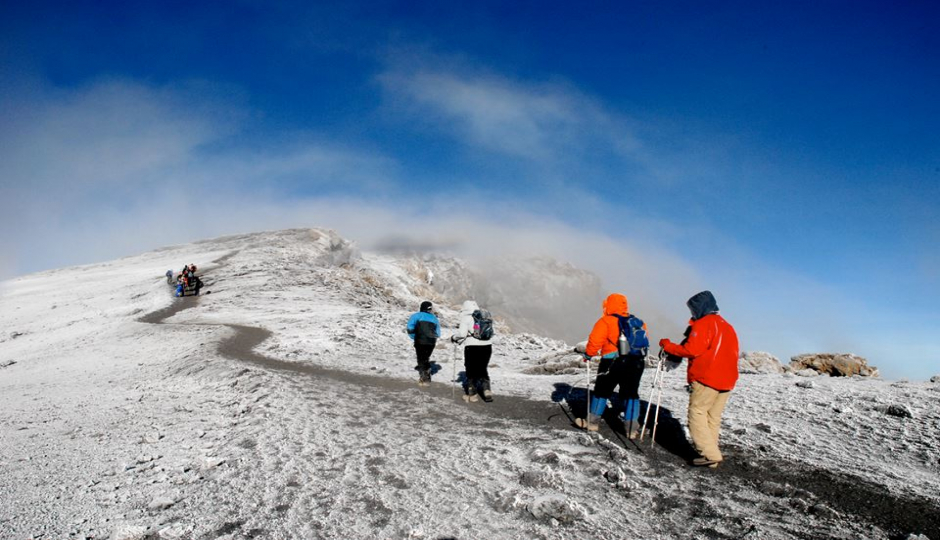
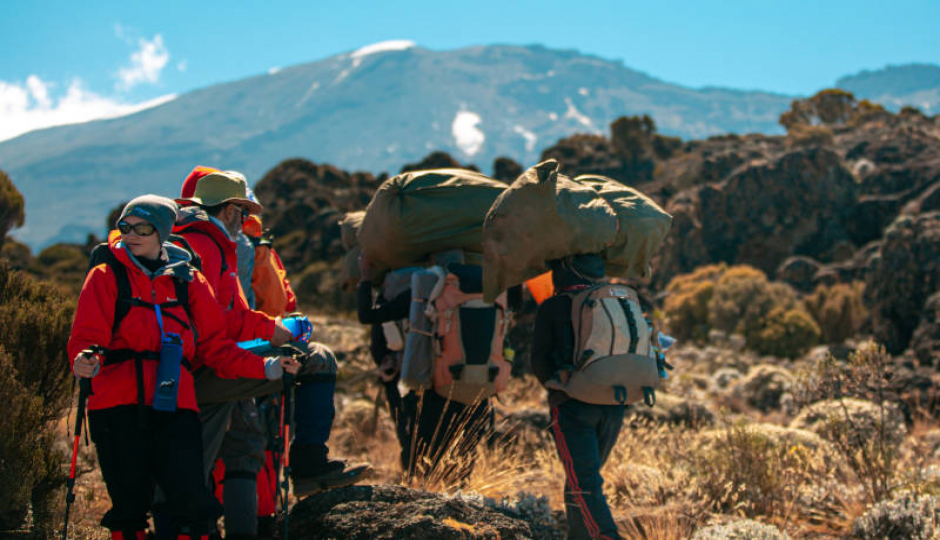
What is a Reasonable Tanzania Safari Itinerary?
How Do I Plan a Kilimanjaro Climb?
To book your adventure, simply send us an email detailing your desired experience—whether it's climbing Mount Kilimanjaro, going on a Tanzania safari, or enjoying the Zanzibar beach.
We'll promptly respond with all the information you need to finalize your plans. Plus, we offer the convenience of online payment to make the process even smoother.
View Packages